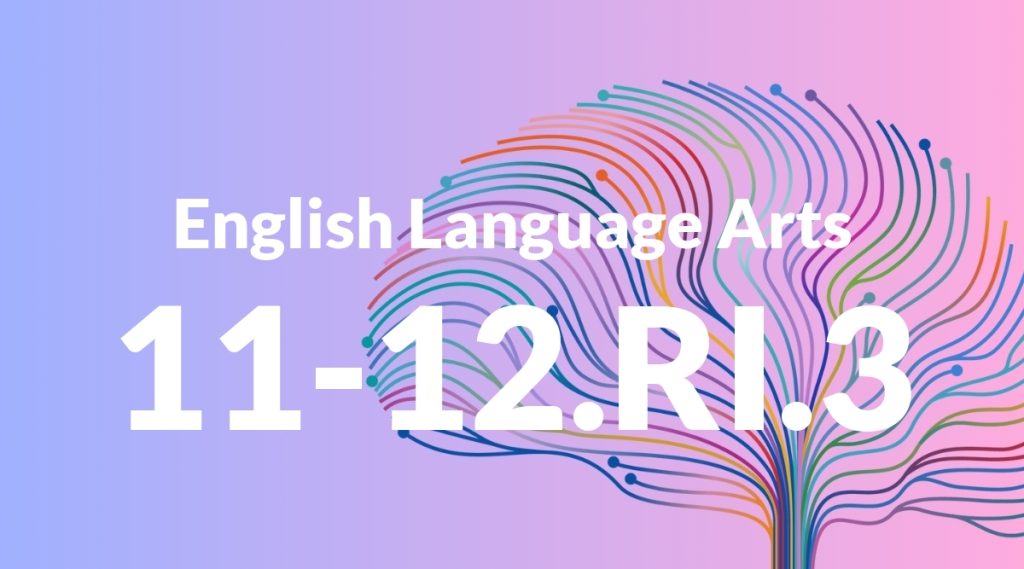Standard: 2.RI.3 – Describe the connection between a series of historical events, scientific ideas or concepts, or steps in technical procedures in a text.
Grade level: Grade 2
Subject: English Language Arts
Domain: Reading: Informational Text
Teacher Overview
This standard focuses on helping students understand how different elements in a text are interconnected. It’s crucial for developing critical thinking and comprehension skills, as students learn to see the bigger picture and understand the relationships between events, ideas, and procedures. Students should be comfortable with basic sequencing and identifying main ideas and details in a text. They should also have some experience with simple cause-and-effect relationships.
After mastering this standard, students will be able to analyze more complex texts, identifying cause-and-effect relationships and comparing different accounts of the same event. This will prepare them for more advanced reading comprehension tasks.
Common Misconception 1
One common misconception is that events in a text are always presented in chronological order. This is incorrect because authors often use flashbacks or other narrative techniques to present events out of sequence.
Intervention 1
To address this misconception, teach students to look for signal words like ‘before,’ ‘after,’ and ‘during’ to understand the sequence of events. Use graphic organizers to help them map out the timeline of events.
Common Misconception 2
Another misconception is that all steps in a process are equally important. This is not true because some steps are crucial for the process to be successful, while others are supplementary.
Intervention 2
Encourage students to identify key steps by asking questions like ‘What would happen if we skipped this step?’ Use flowcharts to visually represent the importance of each step.
Prerequisite Knowledge
Students should understand basic sequencing of events and be able to identify main ideas and details in a text.
Subsequent Knowledge
Students will develop the ability to analyze more complex texts, identifying cause-and-effect relationships and comparing different accounts of the same event.
Instructional Activities
- Create a timeline of historical events from a text.
- Conduct a simple science experiment and describe the steps.
- Read a recipe and identify the key steps.




